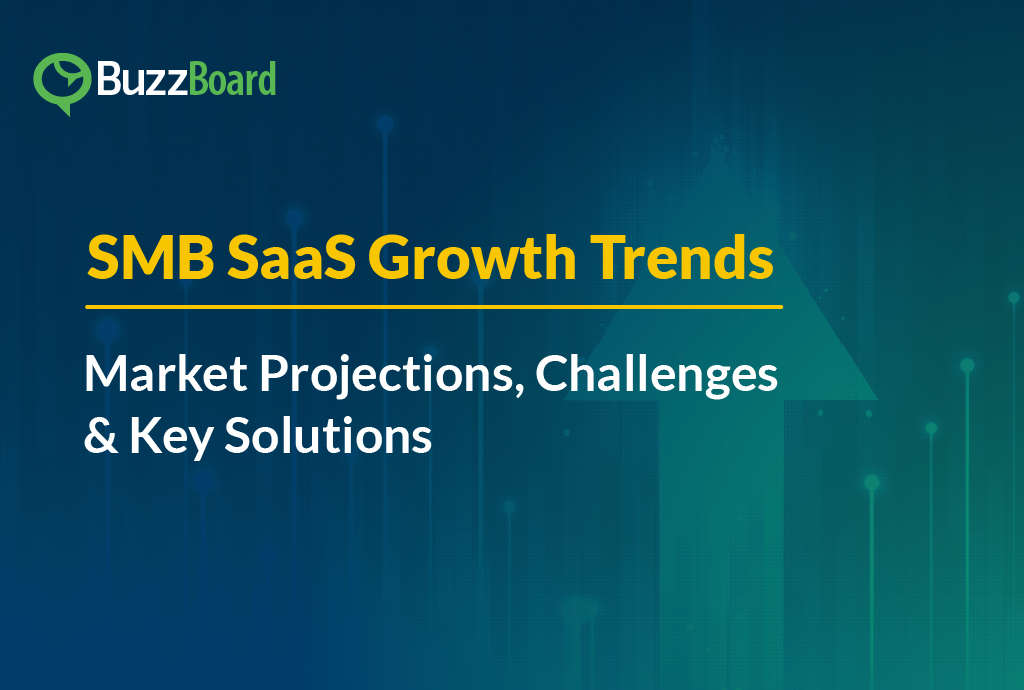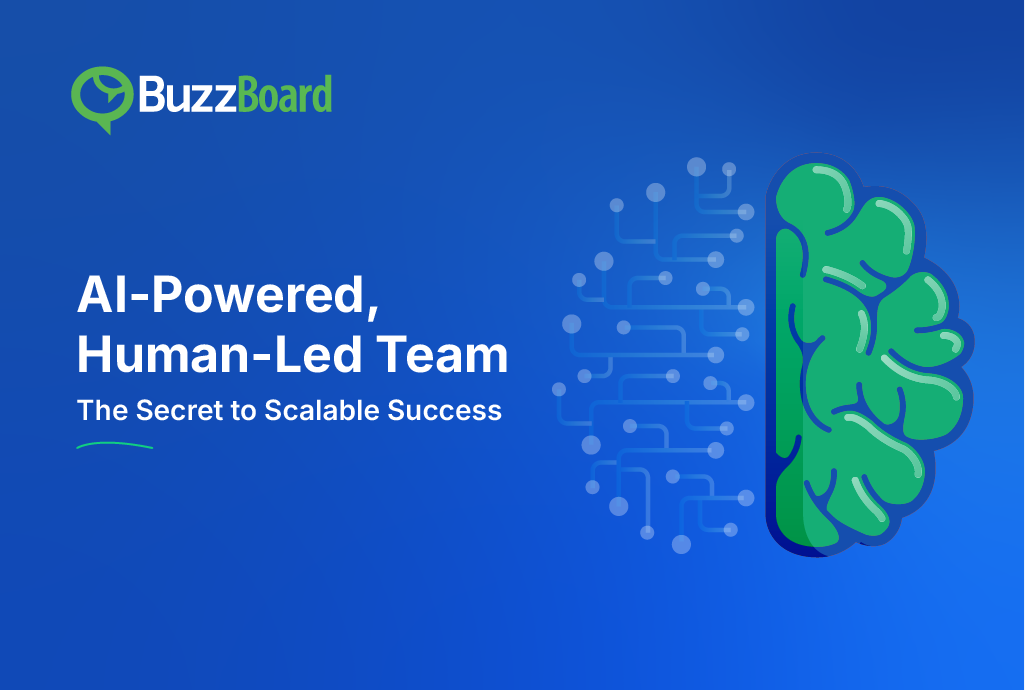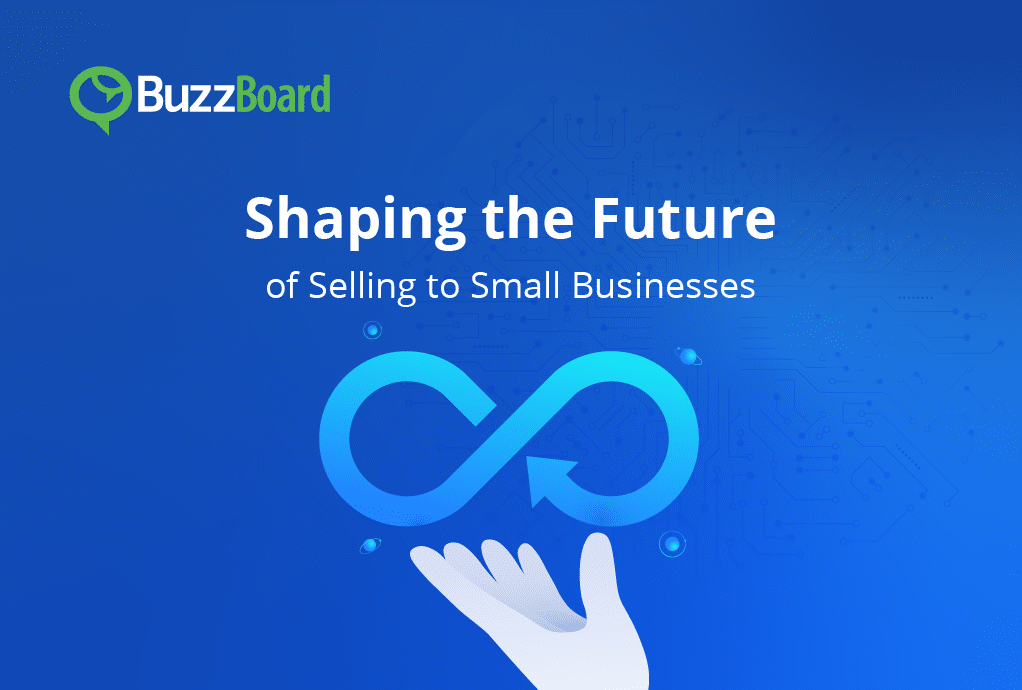Outlook for 2024
As the SMB SaaS market continues to evolve, 2024 is expected to be a transformative year for small and medium-sized businesses (SMBs) and SaaS providers. With the rise of digital transformation, SMBs will increasingly rely on SaaS solutions to streamline operations, enhance customer experiences, and drive growth. Meanwhile, SaaS providers will need to adapt to changing market dynamics, prioritizing customer success, and developing innovative solutions to meet the evolving needs of SMBs. As the market continues to grow, we can expect to see more SaaS providers focusing on customer-centricity, AI-driven insights, and strategic partnerships to drive growth and stay ahead of the competition. With the right strategies in place, 2024 is poised to be a year of significant growth and opportunity for both SMBs and SaaS providers.
Transitioning from 2022 to 2023
Much like last year, this year too, small to mid-sized businesses (SMBs) are moving forward with similar demands and implementations of technology as large enterprises. In my estimation, from talking to customers and prospects and reading the research, SMB IT spending might slightly increase in 2023, promising great opportunities for B2SMB companies in the year ahead.
To all SMB SaaS marketing leaders’ delight, SMBs preferred investments in IT and cloud-based solutions, including infrastructure, managed services, and cyber security is predicted to continue growing in the coming years. As demands for digital solutions to meet prolific and diverse needs of SMBs from multiple sectors grow, it has been particularly interesting to follow the growing space of industry-specific solutions that cater to the unique needs of different small business sectors.
Amidst these exciting developments and underlying an ‘up and to the right’ SMB IT spending graph, B2SMB SaaS is not without challenges when it comes to finding its market and growing adoption within small business sectors they serve best. Selling to SMBs is not the same as selling to enterprises.
How should SMB SaaS change its GTM game to grow its market share and even grow the size of the market itself? What are the key trends and buying patterns to follow in order to keep growing in the SMB space? How can data vendors and mature martech companies help B2SMB vendors overcome some of the prevailing challenges in this segment? Let’s take a closer look and dig for answers on how to keep the SMB SaaS momentum going.
SMB SaaS Vs. Enterprise SaaS: Which Is More Lucrative?
Frankly, there is no straightforward answer to this eternal dubiety that marketers often experience. While enterprise SaaS might offer larger contracts and more revenue potential per customer, SMB SaaS may have a larger customer base and a faster sales cycle. Additionally, SMB SaaS often has lower barriers to entry and may require less sales and marketing investment to reach potential customers.
But from my long-standing and dynamic experience both the Enterprise and SMB arenas, I can assert that there is a clear distinction between SMB tech economy and enterprise software market. SMB tech economy has seen an unprecedented growth surge in the last 5 years, driven both by a sector that has boomed in recent times and an overhaul of the economy and consumer behavior that drives small businesses towards digitization. In that sense, it’s a good coming-together of supply and demand, making it the best time ever to grow as an SMB SaaS, and to even consider channeling more resources in growing SMB revenue contribution to your overall business
At present, the global SMB segment is massive, and there are ample opportunities to capture. With over 400 million SMB businesses worldwide that contribute to 40–50% of total GDP, this segment has been seeing a ton of growth lately with the wave of digitization and automation. I can name a few public companies, like Intuit, Bill.com, Square, HubSpot, Monday, Shopify, Zendesk, etc., that have helped streamline small to medium companies with digitization, raising the market value of SMB tech companies from 200 billion in 2018 to 400 billion in 2023!
What Are the Key Trends in SMB SaaS Growth?
SaaS or software-as-a-service adoption continues to grow among small to medium businesses looking to achieve higher sales and marketing efficiency, in-house functionality, ecommerce capabilities, and better accessibility to data. We know that 2022 has been a remarkable year for SaaS; taking that into mind, I’m sure, 2023 holds further transformative possibilities for SMB SaaS Growth. While SMB SaaS finds its ground in some key differences that have lent to its mass adoption, such as being mobile-first with a neat, simple and intuitive navigation, keeping the end consumer in mind; very-specific point solutions that are often plug-and-play (or signup-login-and-play!), offering steeper learning curve and easy adoption; freemium to inexpensive solutions (wherever possible)—the ecosystem has only now taken wings to soar to new heights. A few marquee developments that are leading the way to the next wave of growth are:
The Era of ChatGPT and Everything AI: From ensuring better personalization in customer relationships to addressing buyers’ needs more specifically while empowering data intelligence that allows to verify and validate customer intents and behaviors using various data sources, AI is finally here! Democratizing access to tech for businesses of all sizes and stages, AI will see many more SMB-focused tech businesses take form. With a projected market value of $733.7 billion by 2027, Artificial Intelligence (AI) is set to become the next game changer in SMB SaaS.
To be clear though, the ChatGPT website is really just a demonstrator playground – production deployments will almost invariably be machine-to-machine, with SaaS platforms feeding highly sophisticated prompts to AI engines via API, and receiving results back likewise.
Data Management Is No longer an Enterprise Prerogative: Although data has been playing the source of information for companies of all sizes for the past few years, it is the post-pandemic era that has made the use of quality data a necessity rather than a choice, even for small to medium organizations. Massive e-commerce adoption within the SMB space has largely fueled this growth. Data-as-a-Service (DaaS) will continue to work on new tools and features as the market becomes more competitive, and the global DaaS market is expected to grow by $56.85 billion during 2023-2027.
Industry-specific Solutions: SMBs are as diverse as they come. One-size-fits-all solutions serving generic use cases offer very little in serving the niche needs within different categories. SMBs benefit from plug and play solutions that are designed around the specifics of their business category, requiring very little setup or customization. For example, CRM for real-estate agencies is designed differently from CRM for restaurants, serving their unique requirements. Similarly, vertical-specific solutions such as spa management, pest control management solutions, ERP for commercial furniture dealers, to name just a few, have all gained a market within the niche categories they serve. This emerging SaaS growth trend is seeing more SaaS providers now offering industry-specific solutions to cater to the unique needs of different business sectors. This trend has led to the development of niche SaaS applications that can address specific pain points and help SMBs streamline their operations.
SMBs are increasingly looking for SaaS solutions that can integrate with their existing tools and software for improved customer experience, productivity gains, bringing down human error rates, and maintaining day-to-day transparent communications while saving an immeasurable amount of time. Ergo, the trend of open APIs and integrations that allow SMBs to connect their SaaS solutions with other tools and services persists with even larger focus, enabling small businesses to embrace tech implementations with ease.
SMB IT Spending & Projections 2023: What Are Small to Medium Businesses Buying?
Dispelling many fears of ongoing inflation and recession, SMB IT spending is on the rise. For example, some 57% of U.S. SMBs estimate they’ll spend anywhere from 10–20% more, and 18% of them aim at spending even more than that. (Capterra)
5.4% year-on-year growth in 2023 is the forecast, which is expected to reach USD$1464 billion. Individual IT spending by small and medium-sized businesses will grow by 5.2% and 5.6%, respectively, year-on-year in 2023. And out of the combined total of USD1464 billion, small businesses will spend USD778 billion and medium-sized businesses will spend USD686 billion. By 2024, this purchase expenditure will touch a whopping USD1565 billion! (Analysys Mason)
What’s more sensational? With predictions on worldwide SMB IT spending catching a stronger growth by 2024, the year-on-year growth in IT spending will see a steady rise once the global economic turbulence subsides, and the budget will hit 8.1% by 2026! (Analysys Mason)
Have you been aware that 42% of the U.S. SMBs rank security issues as one of their most important factors when searching for a new software application?! (Capterra)
Without question, increased data breaches and ransomware attacks that made headlines in 2022 has somewhat triggered this profuse demand for application security. And it’s quite evident from the ongoing SMB buying tendencies that cloud-based solutions and cybersecurity solutions will remain as investment priorities to optimize operations and gaining a competitive edge in the advancing market.
Why a Huge TAM Isn’t Always the Necessary Key to SMB SaaS Growth
SMB is quite a broad category and can be fragmented. Moreover, with many small businesses using different tools and systems that may not be easily replaceable, generally, a global approach in products fails to answer the precise needs of your customers. This inevitably makes selling to SMBs and growing an SMB SaaS line of business harder, despite a huge TAM.
One other challenge that I would like to point out here is budgetary constraints that often act as an investment roadblock. And furthermore, the competition in the SMB SaaS market can be fierce with many providers vying for the attention of potential customers. This can make it challenging to differentiate a product and gain traction in the market.
How Can Data Vendors and Matured Martech Help SMB SaaS Vendors Overcome Some of These Challenges?
SMB SaaS vendors work with amorphous sales funnels that are often greatly diverse. Adding complexity to the mix are multiple industry categories and micro-categories that their product may service. Similarly, the martech requirements for a SMB-focused digital tech company can be complex.
Rich data vendors can help to simplify by providing SMB SaaS vendors with valuable insights into their target audience, including their demographics, behavior, and preferences. By leveraging this data, SMB SaaS vendors can create more targeted and effective marketing campaigns that speak directly to their ideal customer. Additionally, data vendors can help identify new markets and customer segments that may be interested in the vendor’s product. A disruptive offering towards this effort is BuzzBoard’s benchmarking metric, D Score. D Score is an SMB benchmarking tool that enables SMB-focused digital solution providers to assess the ‘prospectability’ and ‘profitability’ of SMBs based on their digital maturity, measured against how they match up to their peers within a category, market, or geography.
Incompetent and expensive brute-force approach of broad targeting at the top-of-funnel results in poor conversion in a high-volume, SMB-centric, sales pipeline. Invest in data and technology to bring intelligence to every stage of your sales funnel. Aim to keep a narrow, targeted and relevant funnel, and personalize your outreach for best conversion.
In the last couple of years, revenue functions within B2SMB solution providers have evolved, oftentimes becoming more complex as they mature. And because changing needs have always had and will have certain inherent challenges, SMB SaaS providers must optimize their GTM operational efficiency in order to stay profitable and competitive at the same time.
Selling to SMBs can be challenging and requires a personalized approach for each customer. Brute-force methods of casting a wide net that consume SDR labor, don’t resonate, and fail on need-alignment no longer cut the bill.
Sometimes, going small is the best approach to growing big! An almost-ABM approach, or ABM-lite approach, at scale, to sell into smaller cohorts of small business categories that share similar business profiles, operational and digital maturity can surmount many go-to-market challenges you as B2SMB SaaS vendors face today. And just as importantly, you must enable your best customers to grow with you—to me, that’s the healthiest growth mindset to touch excellence in 2023!








